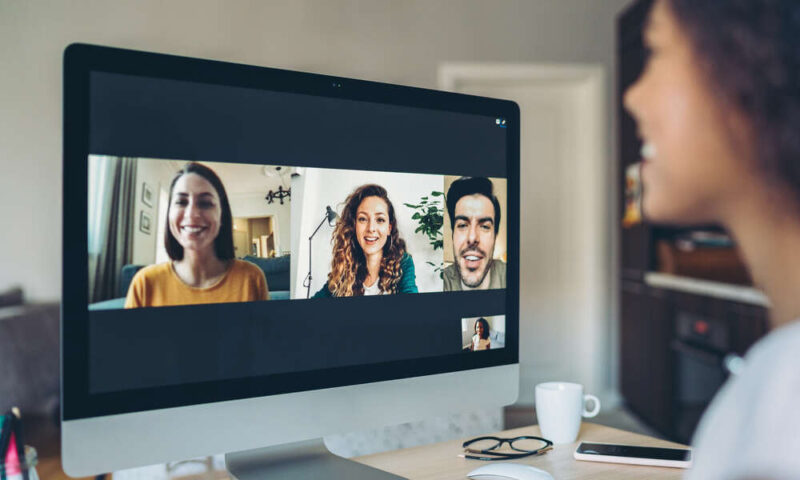
Meetings Pro Tip: Make the Most of Virtual Breakout Rooms
Embracing the breakout room as a unique medium of its own, rather than a replacement for in-person discussions, will help your virtual attendees feel like it’s worth their while.
Even with the fresh excitement about in-person events, virtual events are going to be with us for a long time.
That means some of the unique elements of hosting events virtually—such as the breakout room—will increasingly become essential parts of the experience, allowing a degree of engagement that can be difficult to attain from larger-scale events otherwise.
Of course, knowing when it makes sense to work breakout rooms into your event is just as important as using them in the first place.
What’s the Strategy?
Using breakout rooms in the midst of a larger event—usually for a short period within the event—can help to boost engagement by creating a more focused version of the main session, which might take a broader approach to the subject matter.
On top of that, they can prove prime opportunities to socialize—something that can be all too rare in lecture-driven event sessions.
“At most virtual events, attendees have to stay and listen to a speaker for a while—often with limited opportunities to get involved,” wrote Thomas Paris of the company Hopper. “Breakout sessions are more informal and open, so there are plenty of ways for guests to contribute ideas, ask questions, and further their learning.”
Why Is It Effective?
For one thing, it can help limit distractions and help to narrow conversation to more specific issues, creating opportunities to produce stronger results.
They also encourage a sense of intimacy and concentration that can be lost even during a more moderate-sized learning lab. Keeping the breakout sessions focused can help ensure that they add to the event rather than taking away from it, wrote Gilles Bertaux, the CEO of Livestream, in a recent BizBash article. Bertaux, in fact, recommends using a timer.
“By setting clear limits, you’re letting people know that this time will be used efficiently and setting up a situation where they’ll be ready, willing and able to focus on the topic at hand,” he wrote.
What’s the Potential?
Ultimately, it’s important to keep in mind that a virtual event is just not the same as an in-person one, so using breakout rooms in creative ways will help give virtual gatherings unique features that can energize attendees.
Educators are ahead of the curve on this issue, in fact, given their heavy use of breakout rooms in virtual classrooms. Over at Harvard Business Publishing’s website, Stephanie Reina, a professor of positive psychology and mathematics at IE University in Madrid, Spain, broke down a number of strategies, including the use of digital whiteboards, brainstorming, and even digital games to keep students interested with the help of breakout rooms.
“Breakout activities make the class more interactive by breaking up the monotony of lectures,” she said. “Plus, students typically learn more in classes that are interactive, so it’s always a good idea to break up lectures with activities—especially when teaching through a computer screen.”
(pixelfit/E+/Getty Images Plus)






Comments